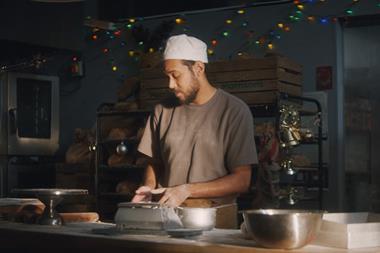The retail market may be volatile at the moment, but this doesn’t explain the extraordinary ups and downs in the official retail sales figures produced by the Office for National Statistics (ONS).
June’s figures, released yesterday, were as startlingly bad as May’s were startlingly good.
According to the ONS, June’s sales showed the biggest month-on-month decrease in volumes since records began in 1986, with the food market experiencing its biggest decline to date.
While seasonal factors – such as better weather in May – might have influenced matters, there is no doubt that June’s figures bear a much closer resemblance to the reality that retailers face.
And that’s just as well because the retail industry needs the official Government sales statistics to be accurate. This data is relied upon by the Bank of England for key decisions – most crucially, the setting of interest rates.
But too often it is completely out of kilter with other surveys, particularly the BRC figures, which always seem much more in keeping with retailers’ real-life experiences.
Probably the most interesting learning from the ONS figures relates to the grocery market. Almost all food retailers are increasing like-for-like cash sales at a respectable rate. But the ONS figures show that the actual volume of goods sold in food stores is down 3.6 per cent between May and June.
You can only put so much of this down to people having fewer barbecues in June. What this really proves is that the growth being shown by the supermarkets is driven by inflation.
While it’s obvious that even in a downturn people still have to eat, that doesn’t mean that they can’t buy less or trade down. All the attention is focused on non-food retailing, but no retailers are immune to what is clearly becoming a savage downturn in the market.


























No comments yet